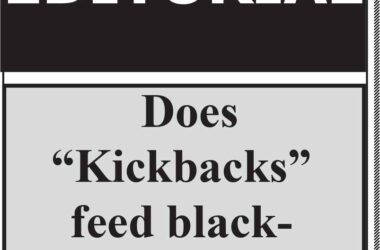AGRICULTURE AS SAVIOR AMID FOOD CRISIS
With the hunger crisis worsening and told to get worse by analysts, what does South Sudan have as a backup plan for the time when hunger hell is expected to break loose?
The country falls under 10 countries in the world where extreme hunger threatens to claim peace of people and futures of children and eventually of the country because of its great adverse effects like school going children dropping out of school because they get ill, malnourished and some die.
Despite the support that humanitarian aid has provided to some of the dire population and efforts by government and activists in preaching the gospel of agriculture which is believed to be a sustainable solution to the darker days of hunger that are anticipated to take over the…
“An already critical humanitarian situation in South Sudan, the world’s youngest nation, has been further compounded by the third consecutive years of severe flooding leaving an estimated 63% of the population – of 7.7 million people – facing high levels of acute food insecurity,” Save the Children reported earlier this month. “Together we can stop the risk of this deadly killer coming back in the future. We know today’s drivers of hunger require innovative, long-term solutions that build resilience and address root causes”.
The hunger levels in the country are being reported to have reached the most extreme levels since she gained independence with more than 70% percent of the population facing severe food insecurity; with an estimation by the UN of the looming hunger crisis in May because as the 2022 lean season peaks, food becomes scarce and provisions are depleted which is disastrous given the citizens who are already severely hungry following successive and continuous shocks ad could starve without food assistance.
Agriculture as a sustainable solution has been suggested by many experts, citizens and now is one, an option seconded by the president.



